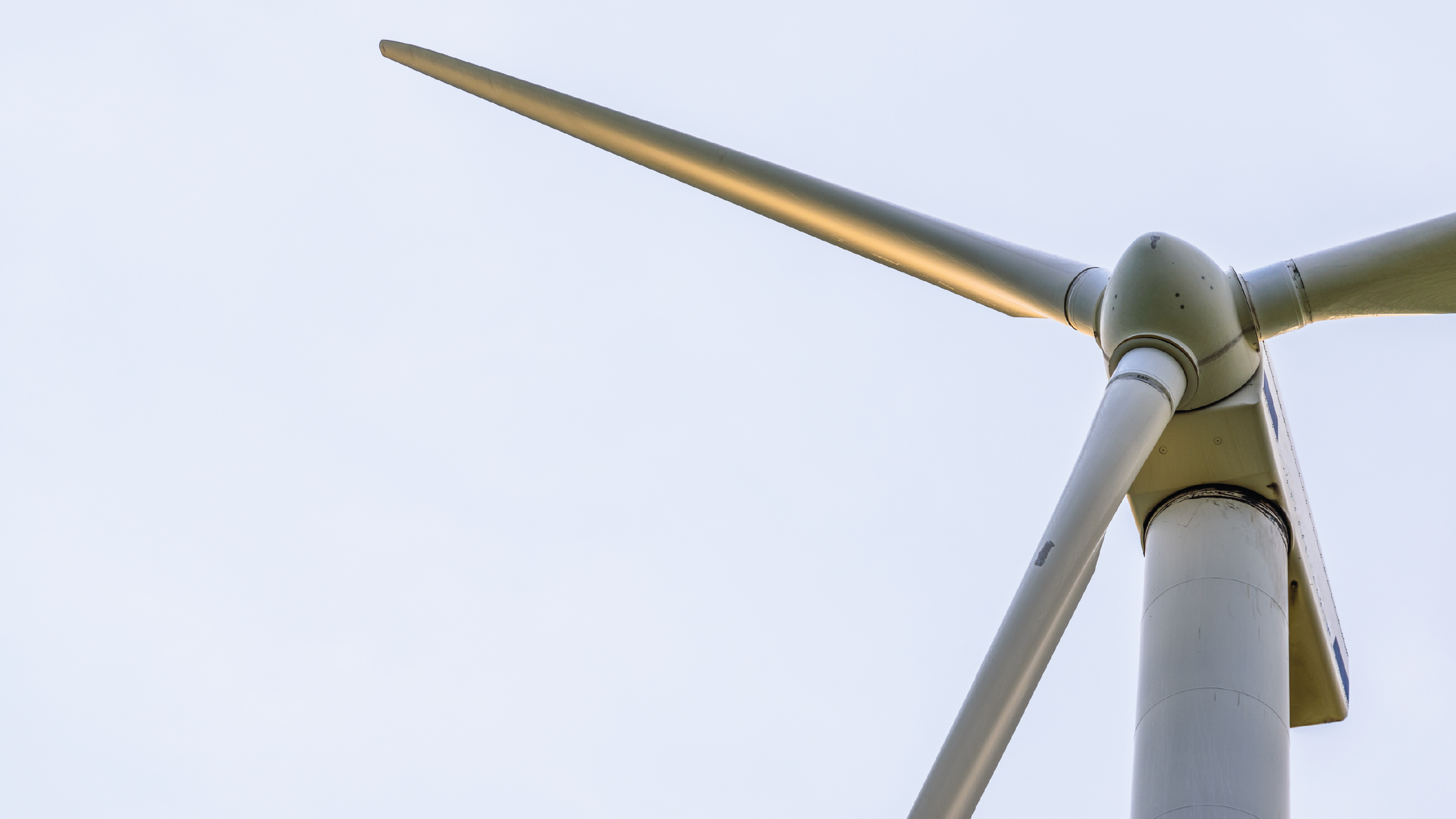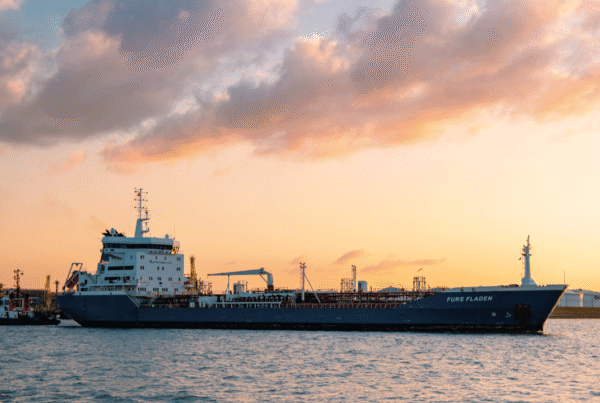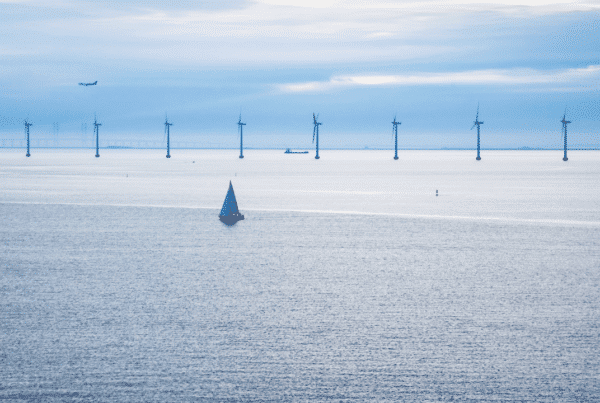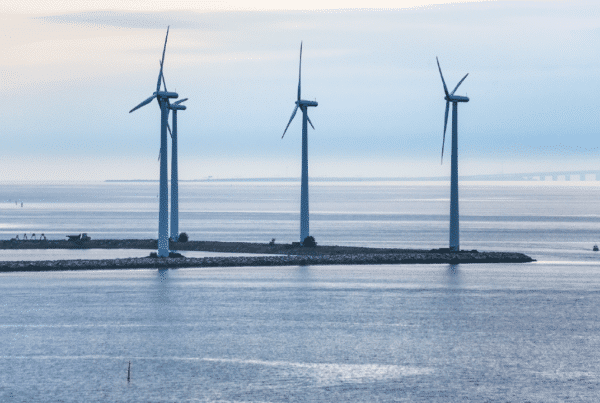Wind energy is energy obtained from the wind. There are currently three types: onshore wind, offshore wind (large-scale) and mini-wind (self-consumption level). Thanks to wind turbines, it is possible to transform kinetic energy into electrical energy.

Both onshore and offshore wind are based on the large-scale generation of electricity with large turbines or wind turbines, while mini-wind uses smaller, residential-scale wind turbines.
As mentioned above, wind turbines are responsible for converting the kinetic energy of the wind into electrical energy. It is essential that these mechanisms are elevated to a high altitude in order to transform the kinetic energy of the wind into electrical current.
What are the most important components of a wind turbine?
In the vast majority of cases, three-bladed horizontal axis wind turbines are used to harness the power of the wind. The parts that we can highlight are:
- Tower: this is the structure that supports the wind turbine’s electricity-producing mechanism at a certain height. By raising the components, greater use is made of wind power, since the higher the height above ground level, the greater the wind speed and, therefore, also the rotation speed of the blades.
- Nacelle: this is the main chassis of the wind turbine. It is located at the top of the tower and inside it is the electrical and mechanical elements necessary to convert the rotation of the rotor into electrical energy. It is attached to the tower by a toothed crown to allow the orientation of the rotor to the wind and of the blades by the main shaft that will transmit the wind force to the multiplier and the motor successively.
- Rotor: It is attached to the main shaft to transmit the rotation and can be divided into 3 different parts.
- Nose: this is an aerodynamic element that is located in front of the wind direction, protruding from the junction area between the blades and the hub. Its mission is to redirect the wind from the front of the rotor to the vents of the nacelle and at the same time to avoid turbulence at the front of the rotor.
- Hub: this is the connecting piece between the blades and the main shaft. It is responsible for transmitting the wind force to the inside of the nacelle.
- Blades: these are the blades that make up the wind turbine. They must be made of highly resistant materials, bearing in mind that they will be exposed to strong winds and adverse weather conditions.
Wind energy in Spain
Spain was one of the first countries in Europe to start installing wind turbines. It is currently the fifth country in the world in terms of installed wind power capacity after China, the United States, Germany and India. It covers 23.3% of the energy consumed and is a sector that employs around 30,000 people (*AEE data).
Find out more about renewable energies in the news section of Univergy Solar.







